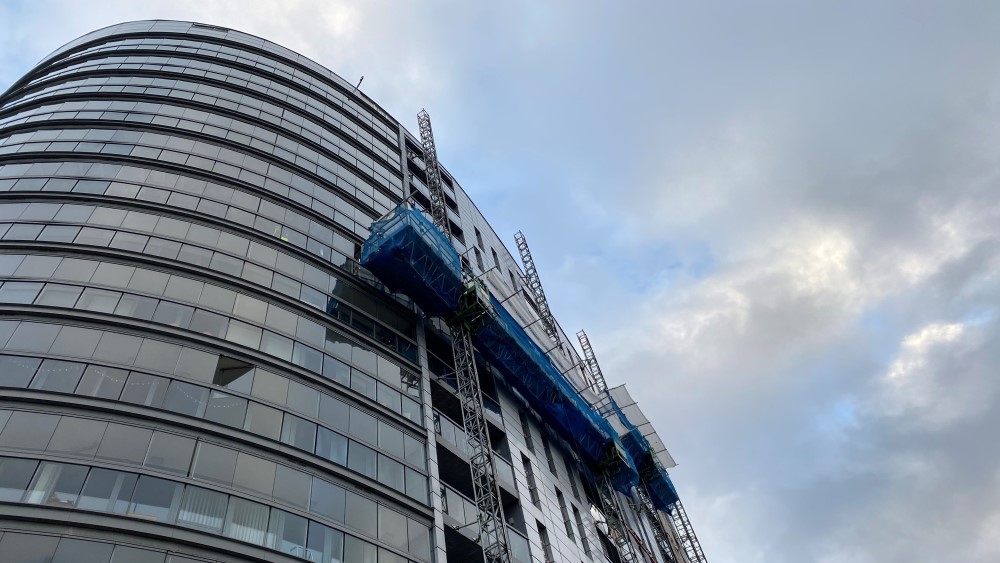The government’s solution for replacing unsafe cladding should not burden leaseholders with paying for something over which they had no influence or control, says Caroline Gumble

The CIOB has been actively supporting the building safety agenda and, as part of that, monitoring the issue of cladding remediation for some time now. It is very clearly a matter of public interest and relevant across the breadth of the construction industry.
It is important to understand the scale of the problem – figures from the new build database indicate that up to 4.6 million properties in the UK are potentially affected by cladding-related issues.
There’s no doubt that this situation is causing unnecessary distress to so many people – and it’s clearly compounded by the current lockdown, with some people literally stuck all day, every day in a high-rise flat.
While there is no doubt that the construction industry has a role to play in ensuring that a situation such as that which led to the Grenfell tragedy can never happen again, there is also leadership required from government to work with the industry and residents impacted by this issue.
“Those proposals will only help to alleviate the distress of a fraction of those affected”
The government recently announced a package of measures intended to help with the remediation of potentially unsafe cladding on high-rise buildings. Robert Jenrick MP, secretary of state for housing, communities and local government, outlined what he called an “unprecedented intervention”, with some additional funding and a five-point plan which was supposed to “provide reassurance to homeowners”.
Those proposals will only help to alleviate the distress of a fraction of those affected.
Early in February, in response to an opposition day debate on ‘protecting tenants and leaseholders from unsafe cladding’, the CIOB issued a call to the government, to commit to acting immediately on finding a funding solution which does not penalise leaseholders and leave them burdened with paying, even in part, for historical building safety remediation works, while also ensuring that these costs are excluded from the proposed building safety charge.
While those in the industry are leading the way on driving up quality standards in construction, I believe we need to see a more practical and targeted response from government, including prioritising buildings under 18m in height where there might be vulnerable residents, and a funding solution which does not penalise leaseholders and leave them burdened with paying for something over which they had no influence or control.
Caroline Gumble is CEO of the CIOB.
Editor’s note: This article has been updated from the original print version to clarify the number of properties affected by cladding-related issues.











